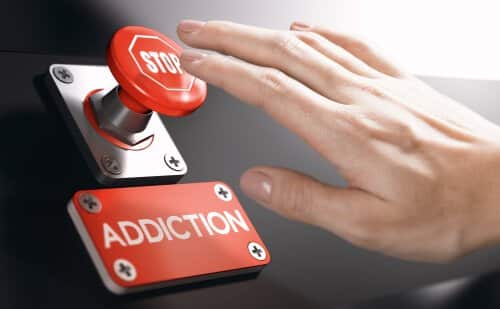Identifying Opiate Withdrawal Symptoms
Opiates are often called the lion of drugs. This is not only because of their potency, but also because they cause the most severe withdrawal symptoms when their use is stopped. Severe opiate withdrawal symptoms, although not dangerous by themselves, can cause the individual suffering from it to go back to the drug in order to obtain immediate relief from the opiate withdrawal symptoms. Oftentimes this leads to overdose as abstinence for a certain period of time lowers tolerance. Management of opiate withdrawal in New Jersey is available at several locations: Salem county, Ocean county, Essex county, Atlantic county, Middlesex county, Bergen county, Monmouth county, Somerset county, Hunterdon county, Hudson county, Union county, Morris county, Passaic county, Sussex county, Warren county, Mercer county, Burlington county, etc.
Individuals addicted to opioids find it extremely difficult to stop use because of the severe opiate withdrawal symptoms. While not life threatening, it can cause acute physical distress. Hence, stopping opiate use must be coupled with medical detoxification so that the physical symptoms can be alleviated or eliminated. Opioids such as oxycontin, morphine, heroin, methadone etc. are used widely due to the euphoria and relaxation it provides. It can be dangerous to stop opiate use abruptly as the severe withdrawal symptoms could cause the individual suffering from opiate dependence to go back to opiate use after their physical tolerance level has fallen and consumption of the same dosage of opiate as before could now lead to overdose. Some studies on the etiology of opiate withdrawal suggest that they are related to adenylyl cyclase super activation based central excitation, caused due to three types of opioid receptors namely, mu, delta, and kappa, out of which, the mu receptor heightens actions of opioids. The locus coeruleus of the brain is the site that triggers the opioid withdrawal symptoms. With optimal, medicated assisted treatment, MAT, withdrawal symptoms can be fully addressed.
Opiate Withdrawal Could Cause Psychological Issues
Opioid drug users could experience psychological issues during the withdrawal phase. These include dysthymia, depressed mood and opioid-induced depressive disorder. However, diagnostic investigation is required to identify opioid withdrawal symptoms which are different from general opioid-induced disorders.
Primary Signs of Opiate Withdrawal

Some of the commonly found signs and symptoms of opioid withdrawal include the following:
- Lacrimation or rhinorrhea
- Piloerection or Goose Flesh,
- Myalgia
- Diarrhea
- Nausea/vomiting
- Pupillary dilation and photophobia
- Insomnia
- Autonomic hyperactivity like tachypnea, hyperreflexia, tachycardia, sweating, hypertension, hyperthermia
- Chills
- Tremors
- Upset stomach
There are certain sedative-hypnotic withdrawal symptoms that are quite similar to opioid withdrawal symptoms, but the latter is defined by lacrimation, rhinorrhea, and pupillary dilation. Similarly, pupillary dilation can be caused due to Hallucinogen and stimulant intoxication, but when it comes to opioid withdrawal symptoms, the person may also experience nausea, diarrhea, vomiting, lacrimation, and rhinorrhea. During diagnosis, symptoms of alcohol intoxication, hypnotic, or anxiolytic intoxication, should be carefully studied and ruled out.
In most cases, urine toxicology can determine which kind of drugs the person has consumed as it turns positive for most opioids like morphine, heroin, codeine, oxycodone, propoxyphene for 12 to 36 hours after use. One must note that most urine opiate tests do not detect the use of Methadone, buprenorphine, and LAAM and hence a special test needs to be conducted for this. Electrolyte abnormalities can be checked through ECG, complete blood count (CBC), and basic metabolic panel (BMP).
The severity of opioid withdrawal is identified generally by the Clinical Opioid Withdrawal Scale assessment, or COWS, which ranges from 0 to 47. It has 11 items of common symptoms of opiate withdrawal. When the reading is between 5 to 12, it’s considered to be mild, 13 to 24 is moderate, 25 to 36 is moderately severe, and greater than 37 is considered to be severe.
Detox treatments to recover from withdrawal symptoms vary depending on the type and severity of these symptoms.
Opiate detox treatment in New Jersey, to recover from opiate withdrawal symptoms vary depending on the type and severity of these symptoms. The Center for Network Therapy has three locations in New Jersey to treat opiate withdrawal and perform Opiate detoxification. CNT has locations in Freehold in Monmouth County, West Orange in Essex county and Middlesex in Middlesex county. CNT is an expert at addressing Suboxone withdrawal in New Jersey.
Related Articles





